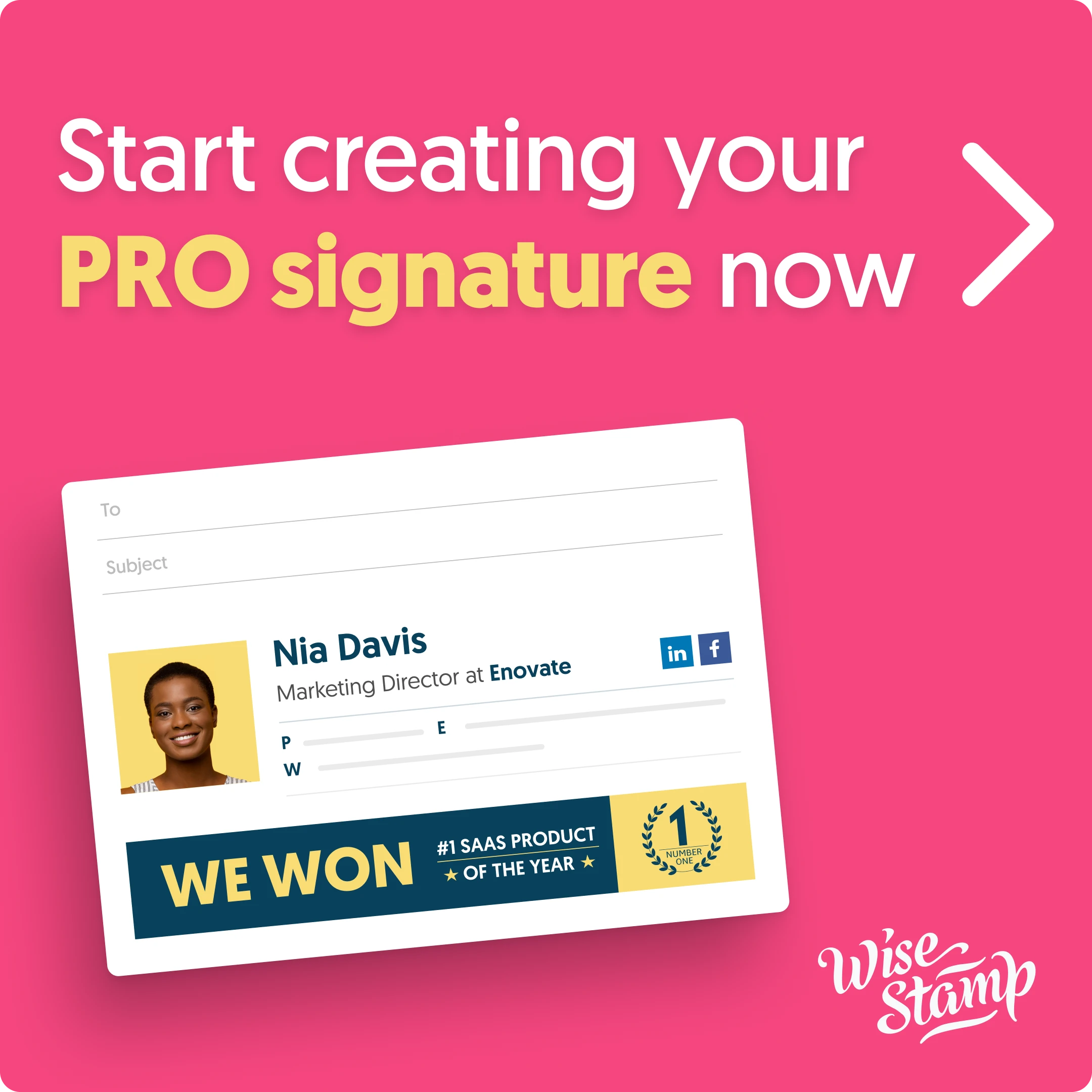
Here’s how to do it effectively:
1. Keep Your List Fresh
An outdated email list won’t do you any favours. Regularly clean your list by removing inactive subscribers and updating details. This ensures you're always reaching the right people and improving deliverability.
2. Avoid Overcomplicating Segments
While segmentation is powerful, creating too many tiny groups can make campaign management overwhelming. Instead, focus on key segments that drive the most impact, such as new subscribers, VIP customers, or past buyers.
3. Personalise Your Emails
Generic emails get ignored. People engage more when messages feel tailored to them. Use first names, past purchases, browsing behaviour, or interests to make your content more relevant. A little personalisation goes a long way!
4. Test, Learn, and Optimise
Not sure which segmentation strategy works best? Run A/B tests on different approaches to discover what resonates most. Try grouping subscribers based on:
- Age or location
- Purchase history
- Browsing behaviour
- Engagement level (e.g., frequent openers vs. inactive subscribers)
Email segmentation is the key to delivering the right message to the right audience. When your emails feel personal and relevant, engagement and conversions happen naturally. Start segmenting smarter, build stronger connections, and watch your email campaigns reach new heights.


